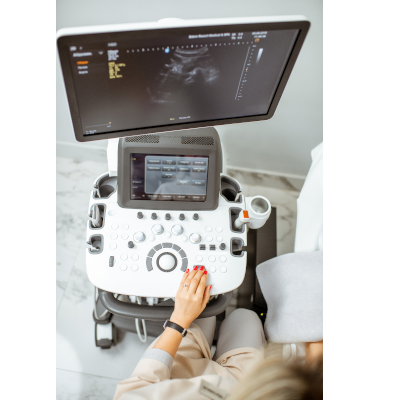Proper clinical documentation is the most efficient way to avoid revenue loss for radiologists. Ensuring proper documentation also helps recoupment in the event of an audit, and prevention of claims denial due to insufficient documentation. This series of tips dissects common documentation errors in the radiology setting, which include but are not limited to failure to enumerate body parts, missing documentation for ultrasound (US), lack of documentation of 3-dimensional (3D) reconstructions for computerized tomography (CT), CT angiography (CTA), magnetic resonance imaging (MRI) and magnetic resonance angiography (MRA), missing spectral analysis and color flow information for duplex Doppler, failure to document permanent images for US guidance, and use of equivocal language and vague clinical indications. Here we focus on enumerating body parts, using examples that are coded to Current Procedural Terminology (CPT).
Enumerating body parts refers to exams where physicians omit necessary components to qualify for a complete exam. The most common applicable exams are abdominal US, retroperitoneal US, and obstetric US. Often physicians are viewing the necessary anatomy but are not documenting it within the body of the report. It is important to engage radiologists in a clinical documentation plan to make sure they are aware of the required documentation for each exam.
Let’s review a couple of examples. 
Complete ultrasound of the abdomen (CPT code 76700) requires documentation of the following body parts:
- Liver
- Common bile duct
- Gallbladder
- Pancreas
- Spleen
- Kidneys
- Upper abdominal aorta
- Inferior vena cava
Red flags arise when the exam is listed as a complete, but not all the required anatomical locations are not documented.
Even though a complete abdominal US is ordered and performed, if the documentation is missing a required component, the claim will go out as a limited exam with CPT code of 76705, which is reimbursed at a lower level than the complete exam with the CPT code of 76700.
There are two use cases for a complete ultrasound of the retroperitoneum (CPT code 76770).
For retroperitoneal abnormality, the body parts required would be:
- Kidneys
- Abdominal aorta
- Common iliac artery origins
- Inferior vena cava
For a clinical history suggesting urinary tract pathology, the body parts required would be:
- Bladder
- Kidney
If a complete Retroperitoneal US is ordered and performed, but the documentation is missing a required component, the claim will go out as a limited exam with CPT code of 76775, which again is reimbursed at a lower level compared to the complete exam with the CPT code of 76770.
In conclusion, ensuring proper documentation will reduce revenue loss when radiologists are educated on the required body parts needed to support each exam.

